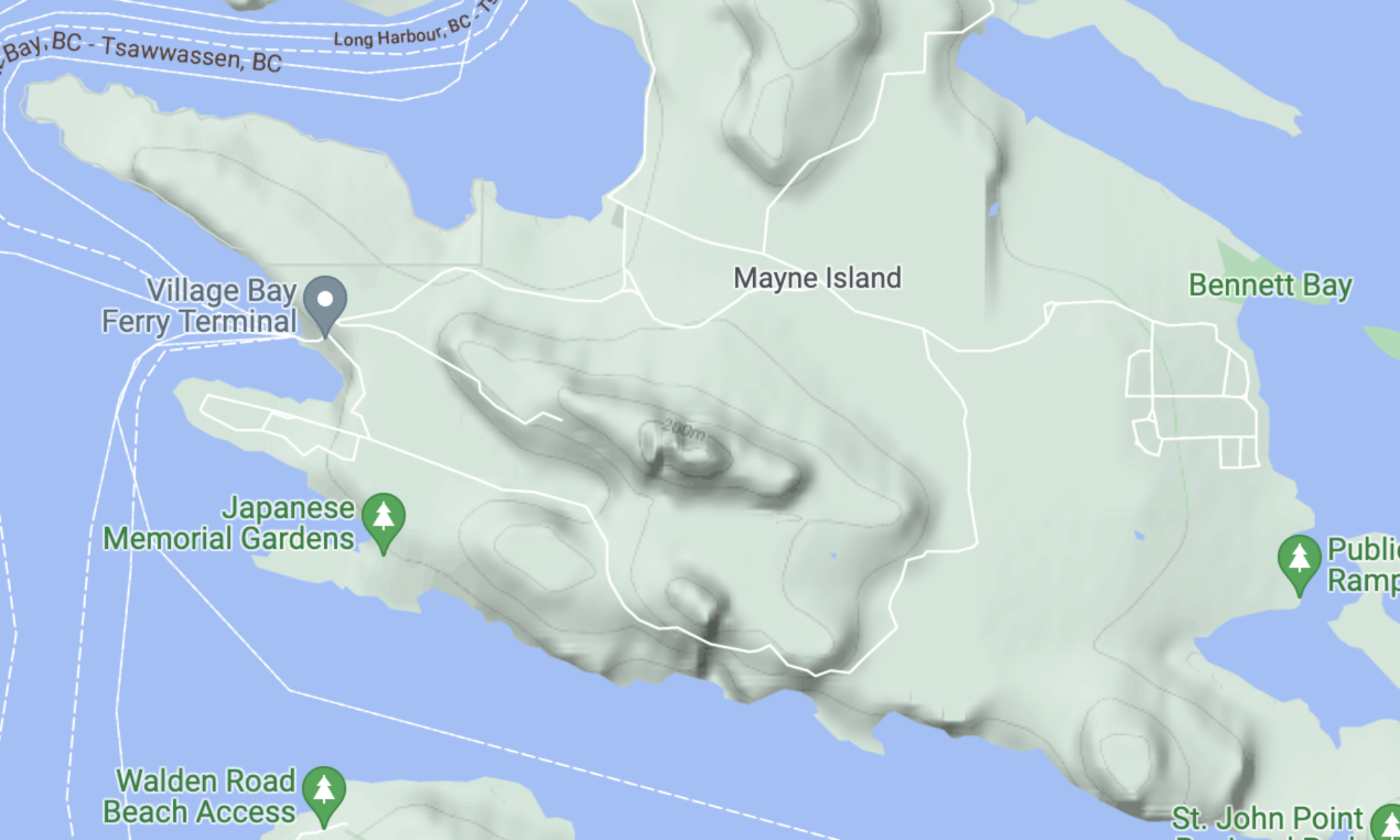Abstract. The dominance of nonnative plants coupled with declines of native plants suggests that competitive displacement drives extinctions, yet empirical examples are rare. Herbivores, however, can alter vegetation structure and reduce diversity when abundant. Herbivores may act on mature, reproductive life stages whereas some of the strongest competitive effects might occur at early life stages that are difficult to observe. For example, competition by perennial nonnative grasses can interfere with the establishment of native seeds. We contrasted the effects of ungulate herbivory and competition by neighboring plants on the performance of native plant species at early and established life stages in invaded oak meadows. We recorded growth, survival, and flowering in two native species transplanted as established plants, six native species grown from seed, and five extant lily species as part of two 2 3 2 factorial experiments that manipulated herbivory and competition. Herbivory reduced the performance of nearly all focal native species at early and established life stages, whereas competition had few measurable effects. Our results suggest that herbivory has a greater local influence on native plant species than competition and that reducing herbivore impacts will be required to successfully restore endangered oak meadows where ungulates are now abundant.
Key words: black-tailed deer; British Columbia; competition; conservation; exotic; grass; invasive; oak savanna; Odocoileus hemionus; sheep.
Read the entire article here (PDF):
HERBIVORY LIMITS NATIVE PLANTS (2.4 MB)
